Surge in higher ed student numbers slows
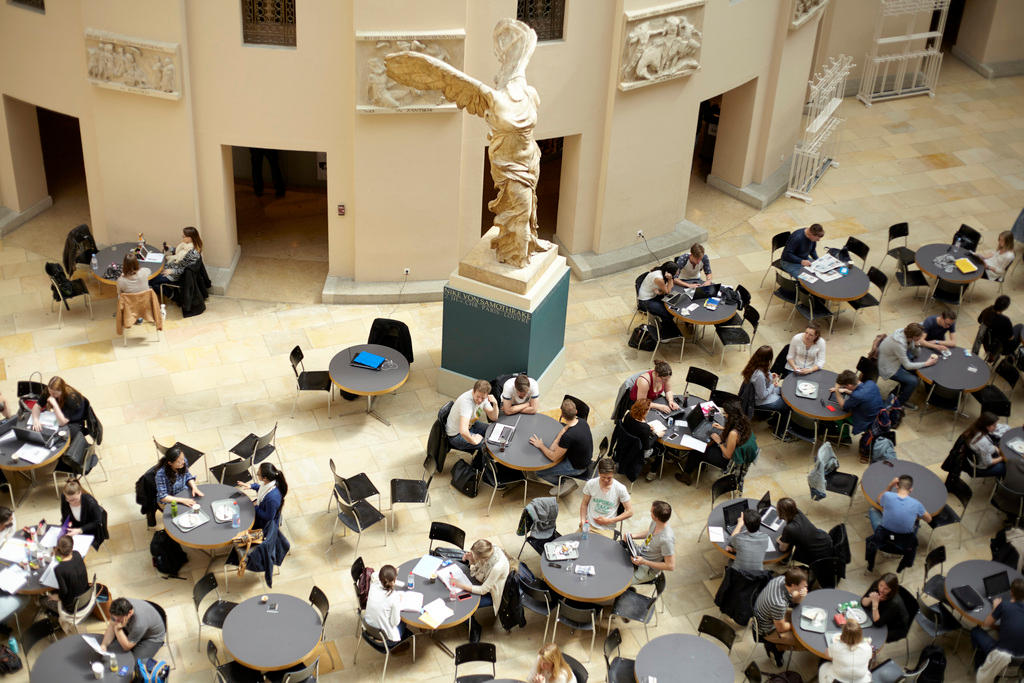
There was a smaller increase than usual in the number of students attending Swiss higher education institutes, latest statistics show. On the rise nevertheless: female and foreign students.
There were 248,000 students registered for the autumn semester 2017/8, said the Federal Statistical OfficeExternal link, this was 3,800 more than in the previous year.
This is lower than in past years where the increase in students matriculated ranged from around 5,000 (2015) to 10,000 (2010).
Overall, student numbers in 2017/2018 were still a fifth higher than in 2010/11. The largest boost during this time came in the universities of teacher education (almost 50%). But these institutions account for only 8% of the student population in Switzerland, according to the statistics released on Thursday.
The number of students at universities increased by 15% since 2010/11 to 150,700 – making up almost two thirds of students. There were 76,500 people studying at universities of applied sciences (up almost 26% since 2010/2011).
+ Read here about the life of a typical Swiss student
Women and foreigners
The number of women studying has greatly increased over the last decades, the statistics show. Female students now just make up the majority in universities at 51%, are almost three quarters of trainee teachers and account for 47% places at universities of applied sciences.
In 2000/2001 female students accounted for 41.5% of those at regular universities. In 1990/1991 it was 38.8%.
Foreigners make up 30% of students at universities (compared with 20% in 2000/2001), and also take up 19% and 10% of places at universities of applied sciences and teacher education respectively.
+ Find out more about what makes Switzerland a magnet for foreign students
Almost a quarter of the 46,000 foreign students come from Germany, with 16% from France, 11% from Italy and 4% from China, the statistics revealed.

In compliance with the JTI standards
More: SWI swissinfo.ch certified by the Journalism Trust Initiative
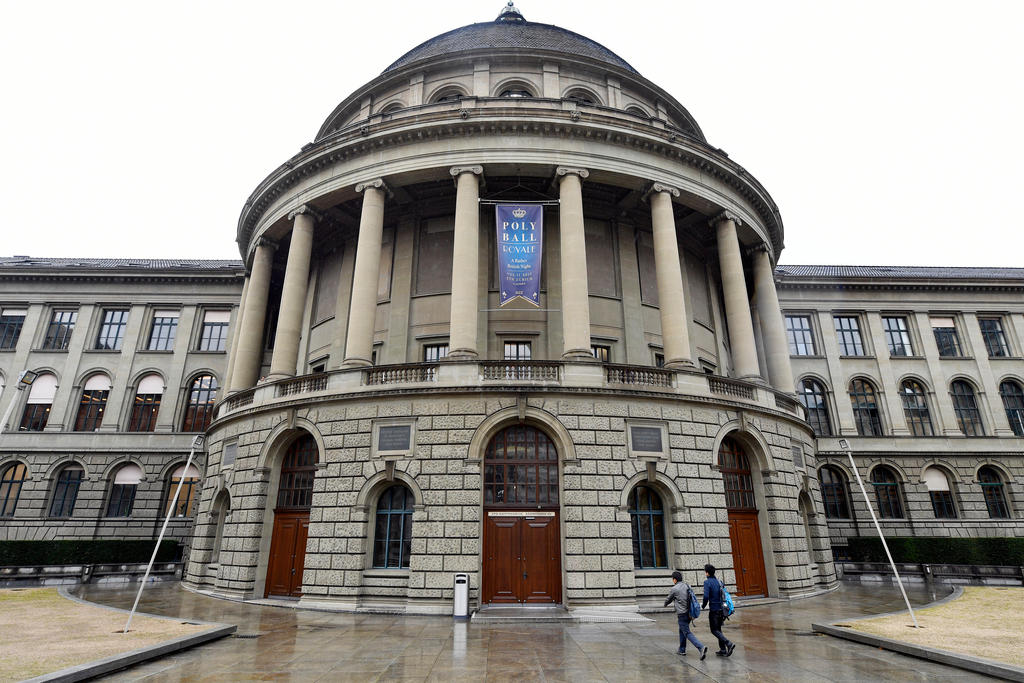
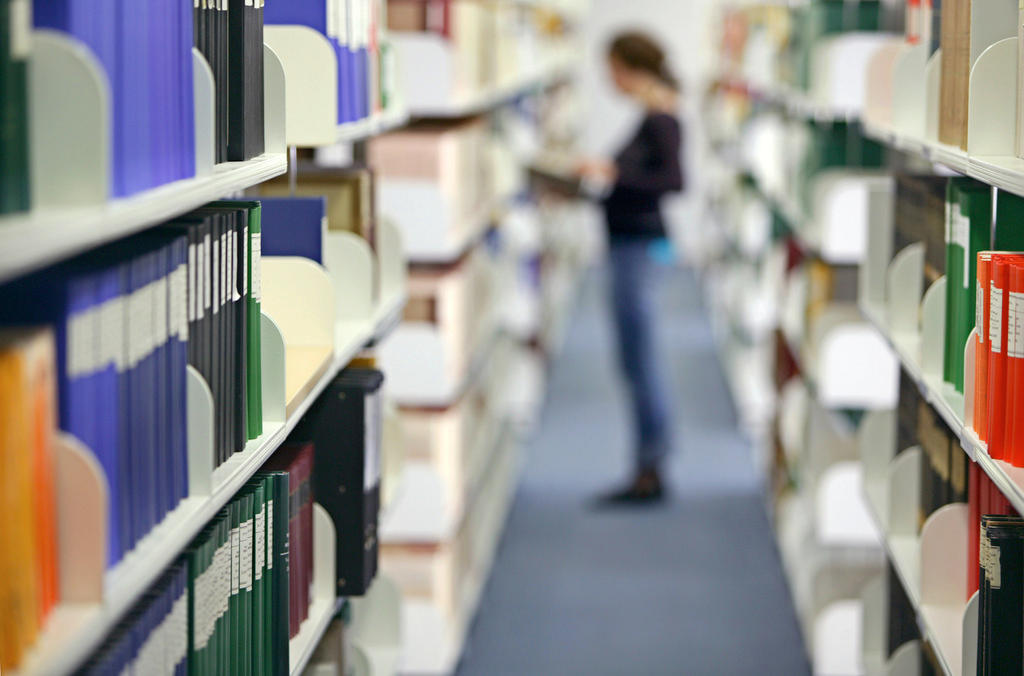
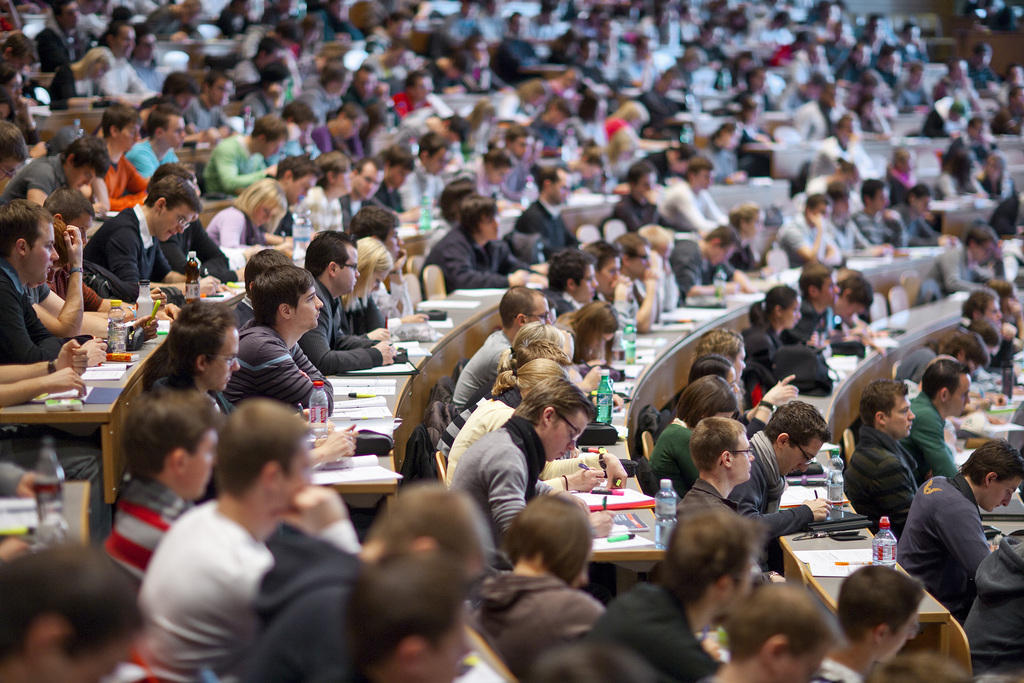
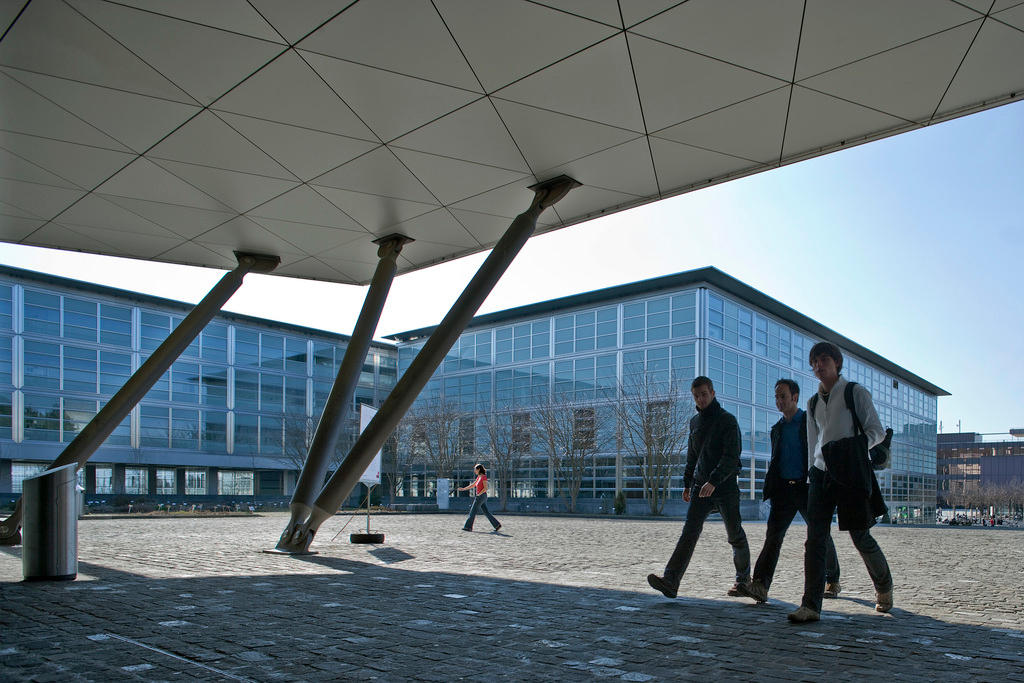
You can find an overview of ongoing debates with our journalists here. Please join us!
If you want to start a conversation about a topic raised in this article or want to report factual errors, email us at english@swissinfo.ch.